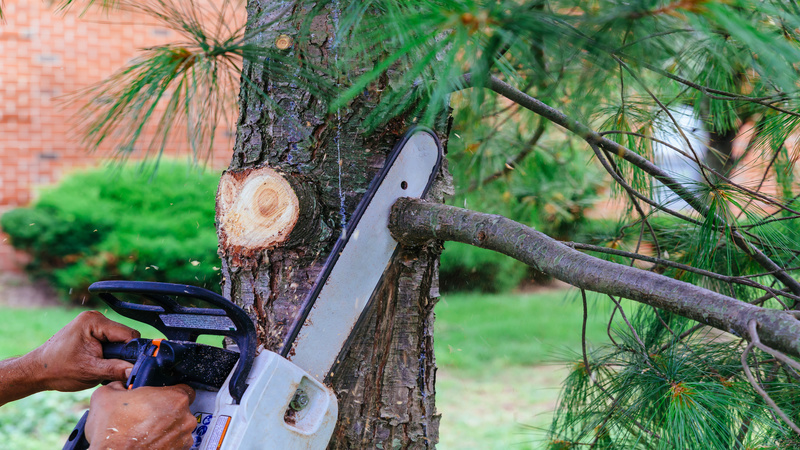Every day, millions of vehicles traverse the roads, making safety measures crucial to prevent accidents and save lives. Among the most effective of these safety measures are road traffic barriers. These barriers play a pivotal role in enhancing road safety by controlling and directing the flow of traffic and minimizing the impact of accidents. This article delves into the life-saving benefits of road traffic barriers, illustrating their importance in our daily commutes.
The Role of Road Traffic Barriers
Road traffic barriers are designed to prevent vehicles from veering off course, thereby reducing the risk of collisions with obstacles, pedestrians, or other vehicles. They are strategically placed in areas where the likelihood of accidents is higher, such as curves, medians, or near pedestrian zones. By doing so, these barriers serve as a physical shield that absorbs and reduces impact energy during collisions, significantly lowering the risk of fatalities and severe injuries.
Types of Road Traffic Barriers
- Concrete Barriers: These are robust and durable, ideal for permanent installations on highways.
- Steel Barriers: Flexible and strong, steel barriers are used both temporarily during construction and permanently.
- Cable Barriers: Consisting of steel wire ropes mounted on posts, they are designed to catch and slow down errant vehicles gently.
Each type of barrier is tailored to specific road conditions and traffic volumes, ensuring optimal effectiveness.
Impact on Traffic Safety
The effectiveness of road traffic barriers in saving lives can be seen in several key areas:
- Prevention of Cross-Medians Accidents: By separating lanes of traffic moving in opposite directions, barriers prevent head-on collisions, one of the most dangerous types of road accidents.
- Control in High-Speed Areas: On highways, where vehicles travel at high speeds, barriers are crucial in guiding the vehicles back onto the road in case of accidental drifts.
- Protection in Construction Zones: Temporary barriers are often used to protect road construction workers and drivers near active construction zones, reducing the risk of accidents in these areas.
Statistical Evidence
Studies have shown that the installation of road traffic barriers has led to a significant reduction in traffic fatalities and serious injuries. For instance, the implementation of median barriers on multi-lane highways has decreased the number of cross-median accidents dramatically, underscoring their effectiveness in traffic management and accident prevention.
Best Practices for Road Traffic Barrier Installation
To maximize the benefits of road traffic barriers, certain best practices must be followed:
- Regular Maintenance: Ensuring that barriers are in good condition and function properly.
- Strategic Placement: Analyzing traffic patterns and accident data to determine the most effective locations for barrier installation.
- Public Awareness: Educating the public about the benefits and necessity of road traffic barriers in enhancing road safety.
Conclusion
Road traffic barriers are a critical component of road safety infrastructure, offering undeniable benefits by safeguarding lives every day. Their strategic placement and robust construction help mitigate the effects of accidents and manage vehicle flows, significantly reducing the likelihood of fatal road incidents. As we continue to strive for safer roads, the role of road traffic barriers remains paramount in our collective journey towards safer, more secure driving environments. By adhering to best practices and continuing to innovate in barrier technology, we can continue to improve road safety and save lives.

